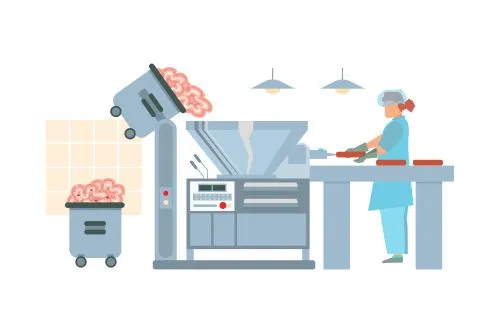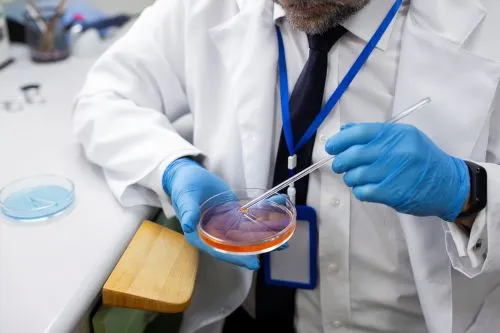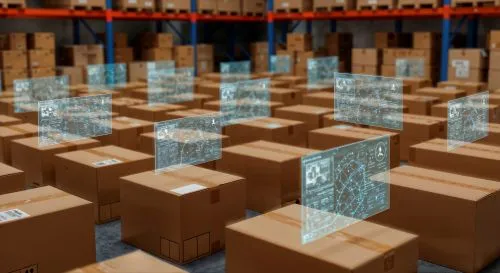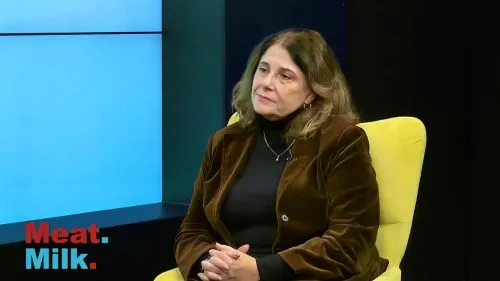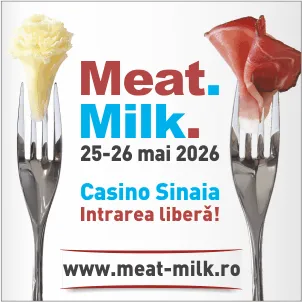505

Small farms represent the backbone of Romanian agriculture, yet also the most vulnerable segment to market fluctuations and the new environmental requirements imposed by the European Union. Their integration into modern value chains is both a major challenge and an opportunity for balanced rural development.
According to Eurostat, over 90% of Romania’s agricultural holdings have less than 10 hectares, contributing only 30% to the total value of agricultural production. This fragmentation limits access to financing, technology, and stable contracts with processors. However, small farmers possess a valuable asset: production diversity and a direct connection with local communities.
Through the reform of the Common Agricultural Policy, the European Commission promotes the consolidation of small farms through cooperation and the formation of producer groups. Measure 9 of the National Strategic Plan (NSP) 2023–2027 supports farmers’ associations for the joint purchase of equipment, contract negotiation, and access to local markets.
According to the FAO, small farms can achieve economic sustainability through three main pillars: diversification of production, access to short supply chains, and capitalization of traditional products. These practices reduce dependence on intermediaries and can increase net income by up to 25% per year.
Success stories from Central Europe confirm the efficiency of this model. In Poland, local cooperatives ensure the collection of milk and meat from small producers, reducing logistics costs and guaranteeing traceability. In Austria, family farms that sell directly through regional networks have become a symbol of both economic and social sustainability.
The OECD emphasizes that digitalization can be a decisive factor in the competitiveness of small farms. Access to mobile applications for crop management, stock monitoring, and digital marketing allows farmers to actively participate in the European market.
For Romania, the solution lies in balancing public support, private innovation, and local cooperation. Small farms should not be treated as a structural problem, but as a strategic resource for food security and production diversity. A sustainable agricultural economy is built from the ground up — by strengthening those who, in many cases, keep rural Romania alive.
(Photo: Freepik)
